![]()
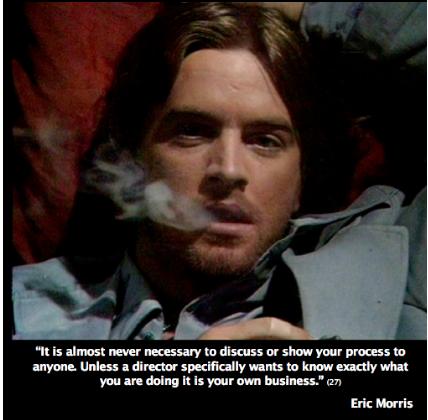
In my early days I acquired a reputation of being a bit wild and way-out, perhaps too much so for the world of TV. So, I was quite surprised when I was asked to direct a staid chamber piece, that took place entirely in a country house, and revolved around four characters from the privileged end of society. It occurred to me that it was, perhaps, just because the piece would potentially be seen as rather old-fashioned that I was asked to do it. The play, A Private Matter, by Ronald Mavor, had started of life as a stage play, and it was indicated to me that, working with the author, I would, more or less, have a free hand in bringing it to the screen.
My first inspiration was that I would shoot it in a set that was decorated entirely in red — a colour that was studiously avoided in TV in those early days of colour. I got this idea from Ingmar Bergman’s Cries and Whispers, but, of course, it would have done me no good to tell anyonethat at the time. Against the red walls I would have the cast dressed entirely in monochrome — black, white, and various shades of grey. For the two older roles, a distinguished general’s widow and an Oxford academic, I was able to cast two of my favourite actors of that age- group, Rachel Kempson and Stephen Murray. For the general’s two sons I cast Barry Justice, who seemed perfect for the pompous elder one, and Ian Charleson (in his first major screen role) as the rebellious younger son.
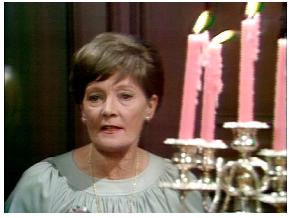 Each day of the rehearsal the cast all turned up on time, neatly and, by today’s standards, rather formally dressed. Indeed, they were as polite and well-mannered off as their characters in the play. Until that is one day there was an intrusion from actress Kika Markham (daughter of prominent Marxist actor, David Markham) who had brazened her way into the Oval Rehearsal Rooms, a pile of news sheets over her arm, on a drive for recruits to The Workers’ Revolutionary Party. On turning and seeing her, Rachel suddenly boiled over and flew at her, crying that she and her cohorts had torn her family apart and ruined her life. In a state of shock, the would-be revolutionary, Kika Markham, burst into tears and fled with Rachel behind, screaming recriminations at her all the way to the outside doors.
Each day of the rehearsal the cast all turned up on time, neatly and, by today’s standards, rather formally dressed. Indeed, they were as polite and well-mannered off as their characters in the play. Until that is one day there was an intrusion from actress Kika Markham (daughter of prominent Marxist actor, David Markham) who had brazened her way into the Oval Rehearsal Rooms, a pile of news sheets over her arm, on a drive for recruits to The Workers’ Revolutionary Party. On turning and seeing her, Rachel suddenly boiled over and flew at her, crying that she and her cohorts had torn her family apart and ruined her life. In a state of shock, the would-be revolutionary, Kika Markham, burst into tears and fled with Rachel behind, screaming recriminations at her all the way to the outside doors.
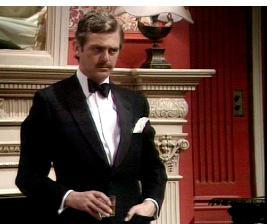 This outburst had been so extraordinary that it took us all a good fifteen minutes overtea and coffee to recover. Though no-one had previously mentioned it, everyone present knew of Rachel’s story. In her private life she was Lady Redgrave, wife of Sir Michael Redgrave, and mother to Vanessa and Corin who were both prime movers in that fanatical far-left party that had been subject to numerous accusations in the press. What was of interest to me was the relationship of Rachel’s real life story to that of her character in the play, though, in this case, the usual order of things was reversed and Rachel’s real life was more extreme than that of the drama. The play revolved around a family disgrace about which one- one spoke. In the play the dark secret was that the old general had one day stripped and marched out on the parade ground to review his troops stark naked. In real life Rachel knew that her husband was, in his own words, “to say the least of it, bisexual”. In fact for a great many years he lead a double life but, this was never publicly acknowledged during his lifetime, with a resulting constant discord in the family.
This outburst had been so extraordinary that it took us all a good fifteen minutes overtea and coffee to recover. Though no-one had previously mentioned it, everyone present knew of Rachel’s story. In her private life she was Lady Redgrave, wife of Sir Michael Redgrave, and mother to Vanessa and Corin who were both prime movers in that fanatical far-left party that had been subject to numerous accusations in the press. What was of interest to me was the relationship of Rachel’s real life story to that of her character in the play, though, in this case, the usual order of things was reversed and Rachel’s real life was more extreme than that of the drama. The play revolved around a family disgrace about which one- one spoke. In the play the dark secret was that the old general had one day stripped and marched out on the parade ground to review his troops stark naked. In real life Rachel knew that her husband was, in his own words, “to say the least of it, bisexual”. In fact for a great many years he lead a double life but, this was never publicly acknowledged during his lifetime, with a resulting constant discord in the family.
In a similar vein, at the time of our rehearsals, Ian Charleson had never publicly admitted that he was homosexual, though he had suggested to me that this might be at the base of the rebellion of his character in the play, and the reason why he was so irked by the others period of resolute silence. Ian Charleson was also homosexual but did not openly acknowledge the fact at this time. In later years he become the first well-known person to announce publicly that he was dying of aids and in this he was supported by the Redgrave family. But that was all to come ...
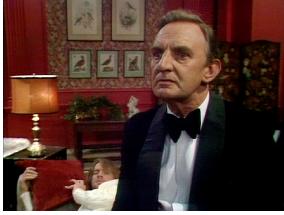 After that brief interlude in our rehearsals when these intimate matters were spoken off quite openly, we returned to work. Everyone continued with the same tact and politeness as before, and these matters were never discussed again. They really did not need to be. It was understood that all this would be fed into the work, but that was private work for the actor alone, building a bridge between his personal life and the imagined life of his character in the drama.
After that brief interlude in our rehearsals when these intimate matters were spoken off quite openly, we returned to work. Everyone continued with the same tact and politeness as before, and these matters were never discussed again. They really did not need to be. It was understood that all this would be fed into the work, but that was private work for the actor alone, building a bridge between his personal life and the imagined life of his character in the drama.
I once worked with a new writer who turned up at the read-through with a sheath of backstories for all the main characters. She was obviously trying to be helpful but ended up a little miffed by how little interest these aroused. After a cursory glance from members of the cast they were put aside to be forgotten. Character backstories are as much the province of the actor as camera directions are that of the director. Writers may have to go through the process of creating fictional histories for their characters but to issue these to the actors is actually blocking their process. Similarly, in my opinion, directors who want to work on backstory are intruding into this private realm of the actor. Confessionals and emotive sharing are an unnecessary indulgence that, I believe, stands in the way of the work.
Clearly, to have depth and resonance a performance must connect with the actors own real life experience but that is something that can only be discovered by them. This is what actors often refer to as feeling their way into the part, and words from outside may just get in the way. There is also a danger of wanting to substitute the old for the new, of falling back into emotive memories instead of entering imaginatively into a new situation still to be lived. As one of the stars of Cries and Whispers, Liv Ullman, put it:
"There are two ways of crying: one is that you allow your character to cry; but the other is that you get so moved by yourself that you cry. And then you are in deep trouble, because then you are into self- involvement. That's a danger for a lot of actors — their work becomes too much feeling — they cry their own tears and that isn't art." (4)
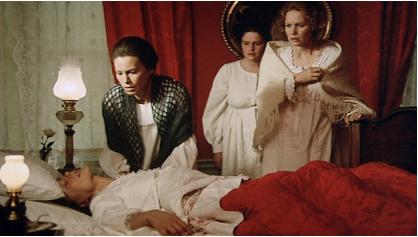
I![]()
![]()
Presence/Performance 16